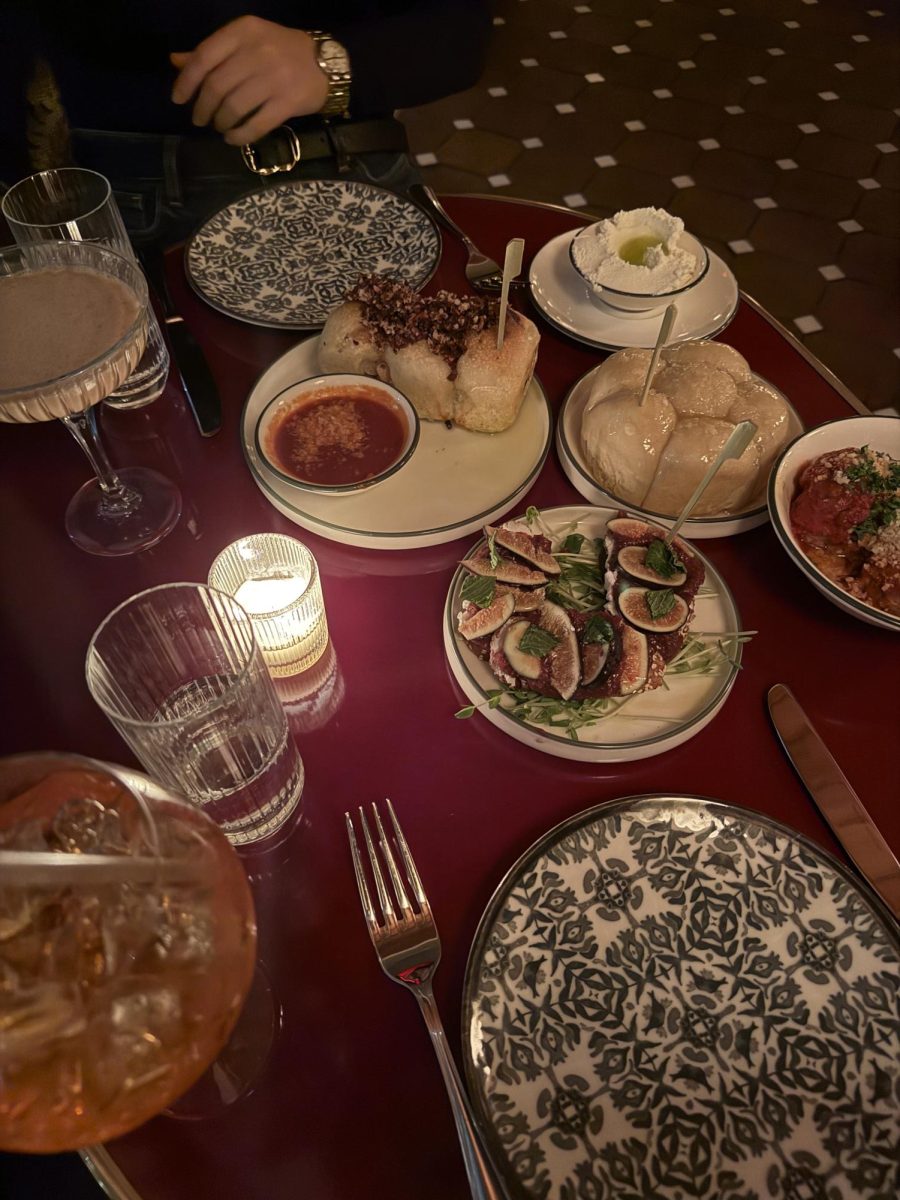Art of the Americas looks towards the future
Bianca Saunders
Journal Staff
Saturday, November 20 marked the unveiling of the Museum of Fine Art’s highly-anticipated, thought-provoking wing, the Art of the Americas.
The new wing, which consists of a massive four levels, 53 galleries, and over 5,000 works of art, is the heart and soul of a larger, innovative expansion project aimed at enhancing the viewer’s experience of the museum.
Among the new additions to the museum are the Ann and Graham Gund Gallery; the glass-encased Ruth and Carl K. Shapiro Courtyard, which serves as a bridge between the new and old wings; and other renovations to the historical building.
What sets the Art of Americas wing from the older portions of the museum is the story that unfolds as viewers walk through the galleries and journey to each level. Every level has its own theme and is arranged chronologically, taking the viewer forward in time as they travel through each one, offering insight into the formation and accomplishments of the Americas through art. Within each level is a variety of mediums including paintings, sculptures, clothing, furniture, silverware, and even parts of the interiors and exteriors of houses.
The ground level, for example, is a tribute to the ancient civilizations, Native Americans, and 17th century maritime arts. The first level then takes the viewer to the Revolutionary art of the 18th century as well as the early 19th century. Visitors traveling through time as they walk through the second and third levels, which offer 19th and 20th century art through the 1980s.
Organized by theme, artist, period, or culture, the galleries found within each level offer smaller stories that add to the effectiveness of each level as a whole. Each gallery has an introductory panel, which gives the viewer the background information necessary to gain the full meaning of each display, and is decorated to create an authentic atmosphere (the wallpaper in the Revolutionary Boston gallery, for example, is a copy of authentic 18th century wallpaper). As one moves from one gallery to the next, they are encouraged, provoked even, to draw connections between the galleries as they slowly form a coherent idea of art’s influence on the Americas. The first level, for example, offers galleries like “Revolutionary Boston,” ” Pennsylvania Art,” “Latin America,” and “Americans Abroad,” which establishes an important connection between the exploration and trade world and the art of colonies .
The striking aspect of the new wing is the way in which the nine period rooms, exemplify the typical styles from their time. Each room contains authentic furniture and decorations or replicas from that period, resulting in a simulation of a room in a house, such as a bedroom or parlor. On level one, three period rooms were constructed from the rooms of Oak Hill, the country estate of Captain Nathanial West and wife Elizabeth Derby West, an estate that the MFA considers the “pinnacle of American Interior Design during the 1800s”.
The result of this multimedia mixture of American art and culture is an astounding representation of over 500 years of history and 22 countries from North, South, and Central America and other parts of the world that have influenced American art and culture. This additional 121,307 square feet of display space is sure to change the Museum of Fine arts forever.








